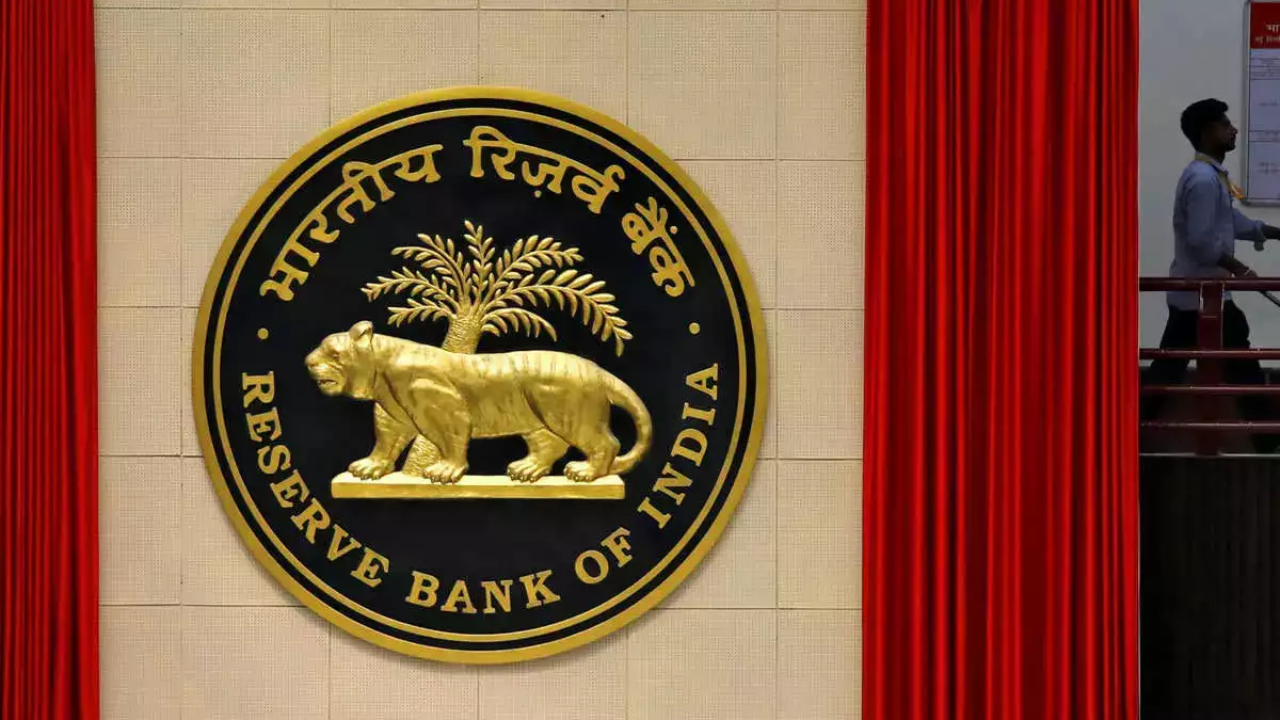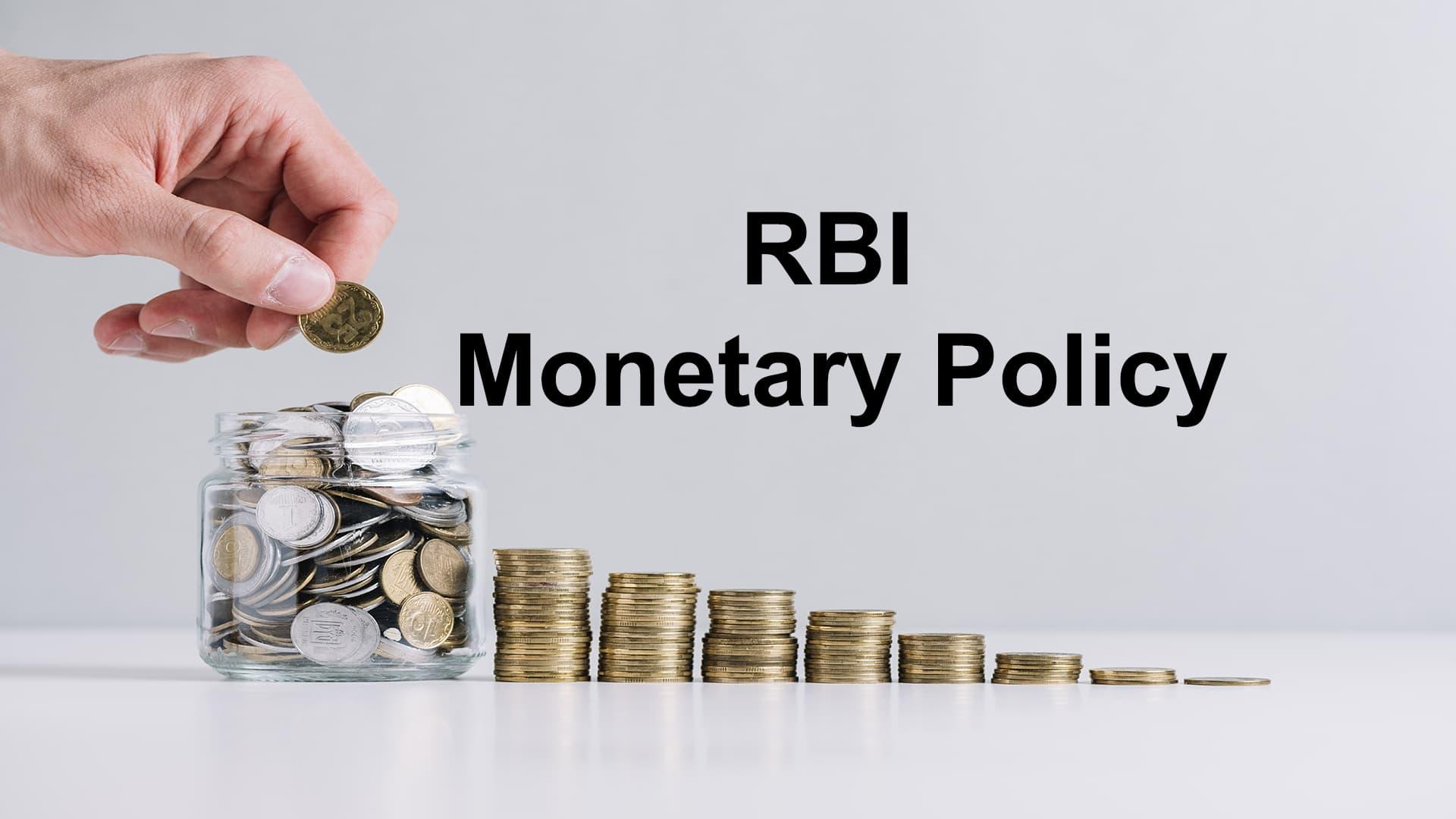Policy Rate and Stance
Markets widely expect the RBI to keep the repo rate unchanged at 5.50 percent with a neutral stance. Economists and fund managers in recent polls have aligned on this expectation, suggesting that the central bank will first assess the impact of GST rationalisation on consumption before any future rate cut. Analysts at JM Financial believe the committee’s commentary will matter more than the decision itself, while Barclays has taken a contrarian view by forecasting a possible 25 basis point cut. The central bank faces the task of balancing inflation control with supporting growth, and its choice will set the tone for bond and equity markets alike.

Inflation Outlook
Inflation remains central to policy expectations. The rationalisation of GST is expected to bring down headline inflation with CPI projected to fall below 3 percent in FY26. While this could lead to a downward revision of inflation forecasts, some experts caution that slower government spending and tariff pressures could offset part of the benefit. JM Financial has pointed out that despite lower CPI liabilities, the inflation trajectory still appears upward sloping. The RBI’s commentary on this will be crucial for investors tracking the consumption and rate sensitive sectors.
Currency Management
The rupee has been hovering near record lows, weighed down by tariff concerns and rising visa fee costs. Ongoing capital outflows have put additional pressure on the currency, prompting speculation over whether the RBI will step in with interventions or allow markets to adjust naturally. Analysts note that currency stability may become a priority for the central bank, even ahead of easing rates. A stable rupee helps contain import costs, protects corporate margins, and improves foreign investor sentiment.

Forward Guidance on Rates
Investors will be closely watching the RBI’s forward guidance for signals on when monetary easing might resume. While inflation appears under control, the weak rupee could limit the space for immediate cuts. Analysts expect the central bank to maintain a cautious but slightly dovish tone, which would reassure markets that earlier measures will eventually filter through to lower borrowing costs. Clear guidance will also shape yield curves and support long term investment planning.
Market Liquidity and Transmission
The liquidity situation in the banking system will be another area of focus. Call rates remain within the policy corridor and bond yields have edged slightly higher, suggesting incomplete transmission of earlier cuts. Analysts say that while a fresh cut may not be expected, the RBI’s assurance on liquidity support can help sustain credit flow and consumption. For equity markets, muted volatility would be viewed positively as it keeps investor sentiment stable.

Sectoral Implications
If the RBI maintains the status quo, sectoral movements could be mixed. Auto companies are in focus with September sales numbers and festive season commentary likely to guide market sentiment. Public sector banks could benefit from lower inflation and improved treasury gains if yields ease, while metal stocks remain more exposed to global commodity trends than domestic policy. Overall, the committee’s stance will serve as a barometer for how different sectors align their outlooks with policy signals.
The Bigger Picture
The RBI Monetary Policy Committee’s upcoming review may not deliver a dramatic change in rates, but its commentary will be vital in shaping how markets interpret the path forward. From inflation management and rupee stability to liquidity support and sectoral impact, every detail in the central bank’s statement will be scrutinised by investors looking to fine tune their strategies.
Stay updated with the latest RBI policy moves, stock market analysis, and economic insights. Follow You Finance on Instagram and Facebook for real time updates.















